Syrian citizen journalists are playing a leading role in reporting the battle for control in Homs.
History has a strange (and sometimes sordid) way of repeating itself. In the case of Syria, not only history, but a certain day: February 3, brings with it a sense of déjà vu. It was on February 3, 1982 that the forces of the now deceased President of Syria, Hafez Al-Assad, launched their offensive against the Muslim Brotherhood in the city of Hama. The offensive was a result of over six years of conflict between the Muslim Brotherhood and the Syrian government, including the attempt on Hafez Al-Assad’s life in June 1980 and the subsequent passage of Syrian Law No. 49 in July 1980 which banned membership to the Muslim Brotherhood.
The siege of Hama lasted almost a month, and claimed an estimated 7,000 to 40,000 lives. Syrian soldiers, Muslim Brotherhood fighters, and civilians in Hama were all killed in the fighting. The destruction of the city of Hama was so exemplary that it inspired the New York Times writer Thomas Friedman to coin a phrase that still has resonance for students of the politics of the Middle East; “Hama rules.”
As with the current Syrian uprising, the Syrian government placed severe restrictions upon the foreign media in 1982, making access to accurate reporting of the events in Hama extremely difficult. If it was not for the brave and daring reporting of veteran Middle East journalist Robert Fisk, the events in Hama might not have been covered even in the limited detail that they received. Even then, the coverage of the battle being fought inside Hama was mostly limited to a cordon of security forces pounding the city from the outside, and interviews with shell-shocked survivors and refugees fleeing the city’s combatants.
Thirty years to the date, a new Assad, Hafez’s son Bashar, continues to oversee another offensive, this time launched against Hama’s sister city of Homs. Homs, and its Bab Al Amr neighborhood in particular, is now the main “firing line” in the year-long Syrian uprising. The city has endured almost a month of concerted attacks by the Syrian security forces. Fighting between the Syrian army and the Free Syrian Army and residents of Homs who have armed themselves is being waged daily, as the city seems poised to repeat the painful lessons of Hama. History may repeat itself in Homs, but how that history is recorded will surely not be repeated.
Foreign journalists are covering the events in Homs, producing daring and nuanced reporting for a worldwide audience. As death-defying as their work is, even more spectacular and impactful are the labors of ordinary Syrians; the residents of Homs. An entire army of citizen journalists, armed with cellular phones, video cameras, Skype, and the all-important Internet connection, are ensuring that the events unfolding in Homs are made accessible, often in real-time, to a global viewership.
Homs’ citizen journalists are demonstrating a striking acumen for utilizing the Internet to communicate their experiences under conflict. They distribute their videos of the situation on YouTube, stream footage live, update foreign commentators and audiences via Skype interviews and blog postings, and contribute significantly to the content that major foreign news outlets produce via their uploaded web content. Sometimes, the citizen journalists of Homs, like their fellow citizens, are killed in the conflict as well.
In the past week, Rami Al Sayyed, one of the more recognizable citizen journalists of Homs who had uploaded over 800 videos of the conflict and was noted for his live streaming of the fighting, was killed by artillery fired by Syrian security forces into his home in Bab Al Amr. Sayyed is just one of many Syrian citizen journalists who have been killed.
Through their actions, these Syrian citizen journalists are shaping the international perception of their revolution in a gritty, uncensored manner. They are winning the war for hearts and minds in the court of international public opinion, and making a powerful statement to the tenacity of their resistance to the Al-Assad regime. Without their resolve, this resistance would be just another Hama.
The views expressed in this article are the author's own and do not necessarily reflect Fair Observer’s editorial policy.
Support Fair Observer
We rely on your support for our independence, diversity and quality.
For more than 10 years, Fair Observer has been free, fair and independent. No billionaire owns us, no advertisers control us. We are a reader-supported nonprofit. Unlike many other publications, we keep our content free for readers regardless of where they live or whether they can afford to pay. We have no paywalls and no ads.
In the post-truth era of fake news, echo chambers and filter bubbles, we publish a plurality of perspectives from around the world. Anyone can publish with us, but everyone goes through a rigorous editorial process. So, you get fact-checked, well-reasoned content instead of noise.
We publish 2,500+ voices from 90+ countries. We also conduct education and training programs
on subjects ranging from digital media and journalism to writing and critical thinking. This
doesn’t come cheap. Servers, editors, trainers and web developers cost
money.
Please consider supporting us on a regular basis as a recurring donor or a
sustaining member.
Will you support FO’s journalism?
We rely on your support for our independence, diversity and quality.


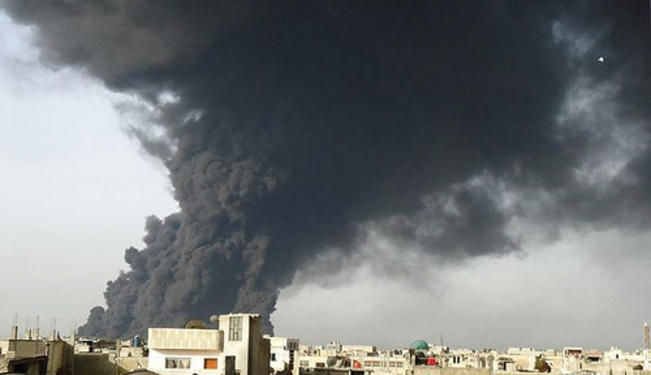
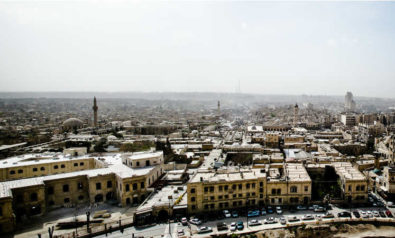
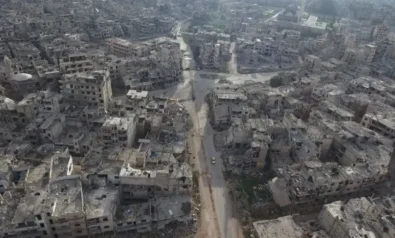
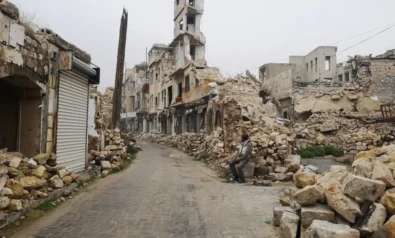
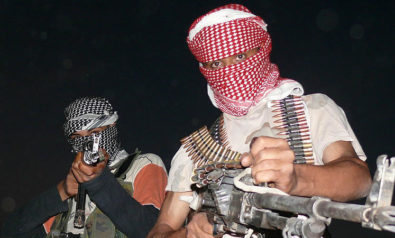
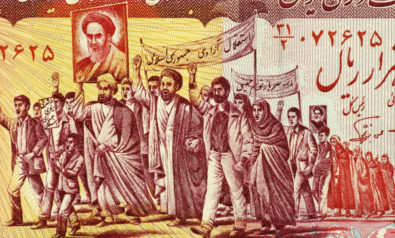

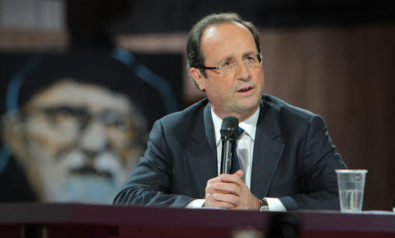
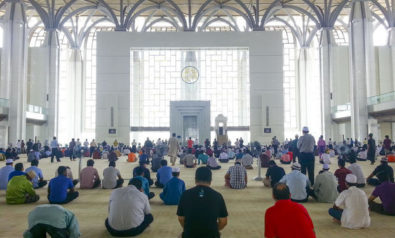
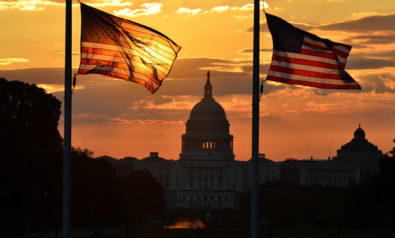

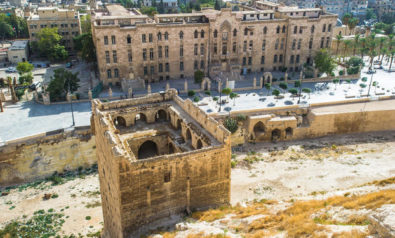
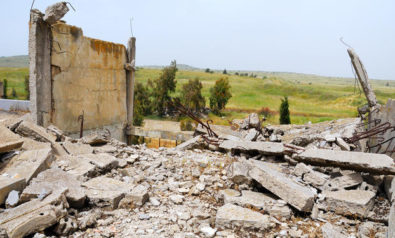
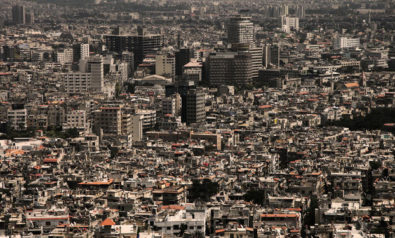

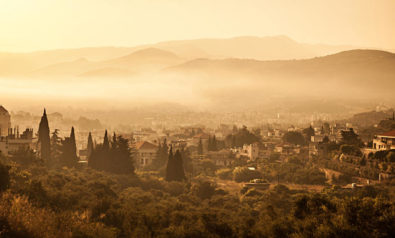
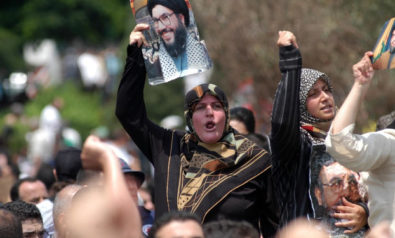
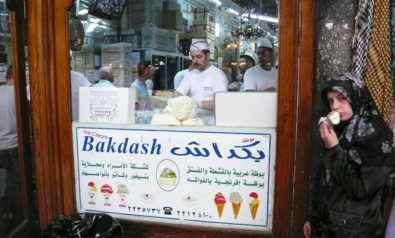


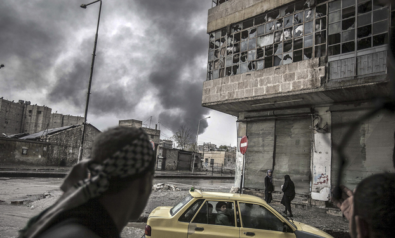

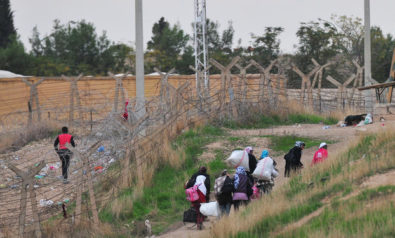
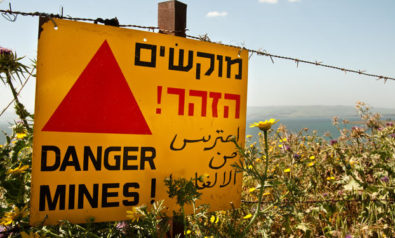
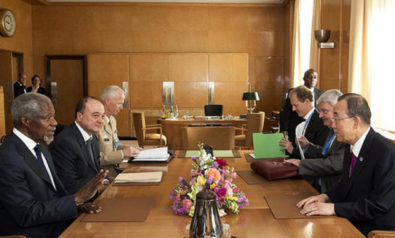

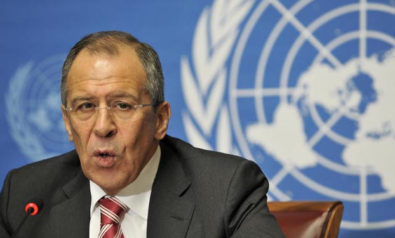

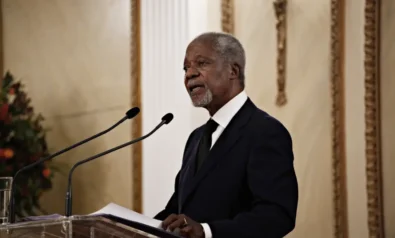
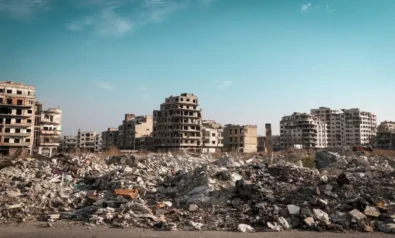

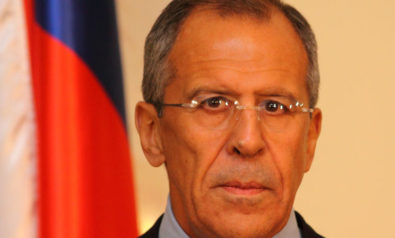
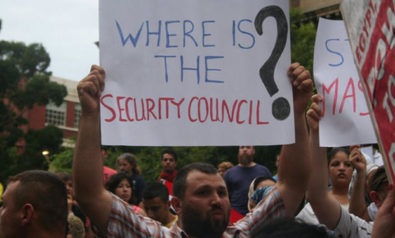
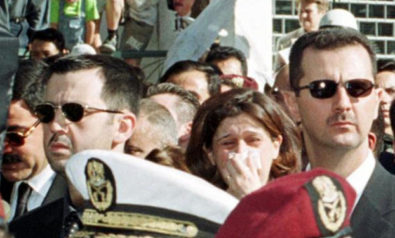
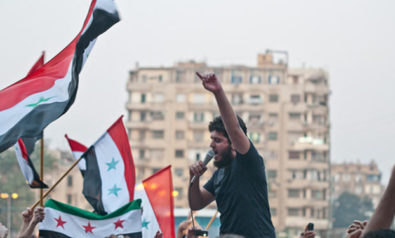
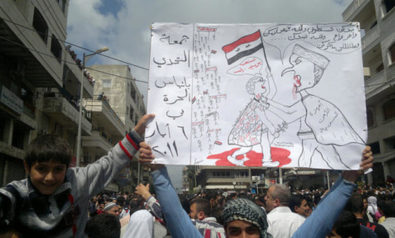
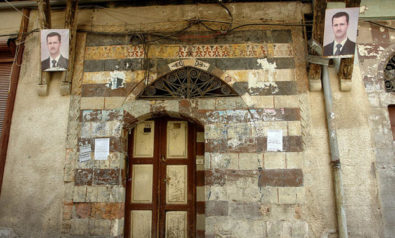

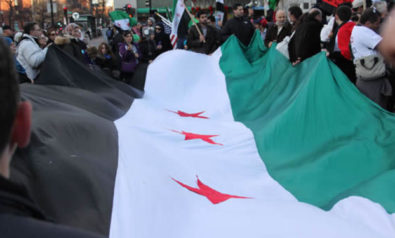

Comment